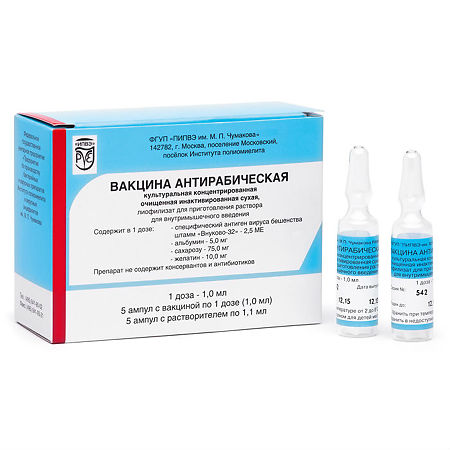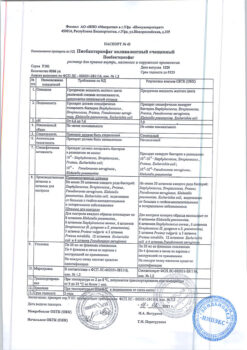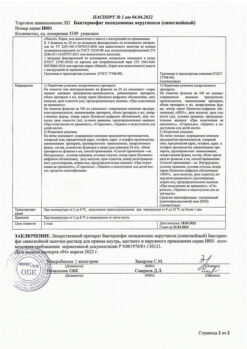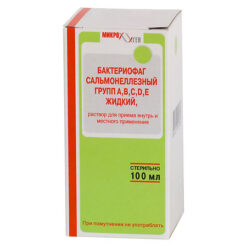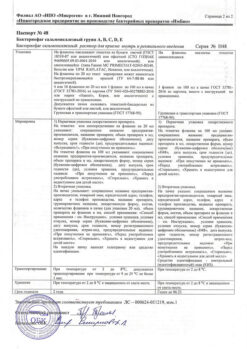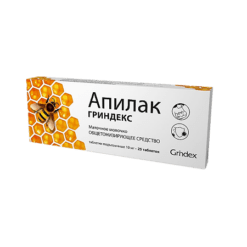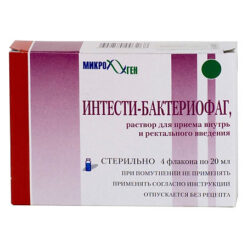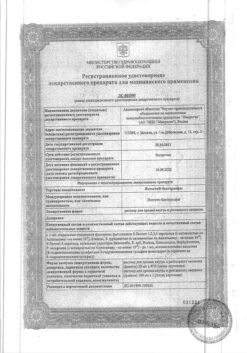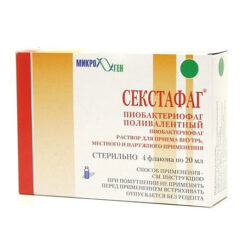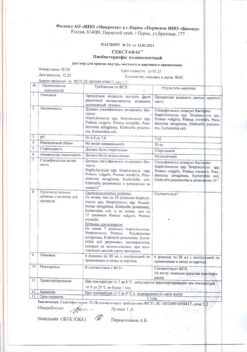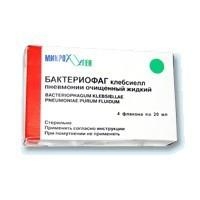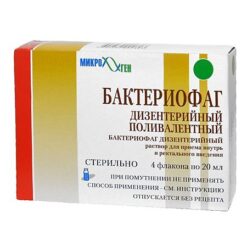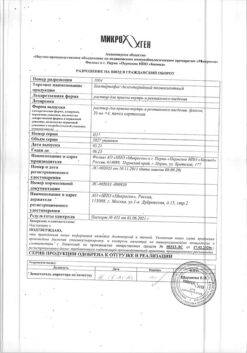No products in the cart.
Antirabic concentrated vaccine, 5 pcs.
€1.00
Out of stock
(E-mail when Stock is available)
Description
Therapeutic and prophylactic (contact and bites of people by rabid, suspected rabid or unknown animals) or prophylactic immunization of persons who perform work on catching and keeping stray animals; veterinarians, hunters, foresters, employees of booths, taxidermists, persons working with <street> rabies virus.
Active ingredient
Active ingredient
Composition
Composition
One dose of the vaccine contains:
The drug does not contain preservatives and antibiotics.
How to take, the dosage
How to take, the dosage
I/m in the deltoid muscle of the shoulder, in children under 5 years of age – in the upper part of the anterolateral surface of the thigh. Injection of the vaccine into the gluteal area is not allowed.
The contents of the vaccine ampoule are dissolved in 1 ml of water for injection for not more than 5 minutes. Storage of the dissolved vaccine for more than 5 minutes is not allowed.
Preventive immunization scheme: initial immunization – 1 ml in 3 injections on days 0, 7 and 30, first revaccination after 1 year – once in 1 ml, subsequent revaccinations every 3 years – once in 1 ml.
The scheme of therapeutic and prophylactic vaccination with anti-rabies vaccine and anti-rabies immunoglobulin: no lesions and skin sloughing, no direct contact, the animal has rabies – no treatment is prescribed.
Painting of undamaged skin, abrasions, single superficial bites or scratches of the trunk, upper and lower extremities (except head, face, neck, hands, toes, genitals) inflicted by domestic and farm animals – start treatment immediately: 1 ml at 0, 3, 7, 14, 30 and 90 days. If the animal remains healthy during 10 days of observation, the treatment is discontinued (i.e. after 3 injections). In all other cases when the animal cannot be observed (killed, died, escaped, disappeared, etc.) the treatment is continued according to the above scheme.
Any bites to mucous membranes, any bites to head, face, neck, hands, fingers and toes, genitals; multiple bites and deep single bites of any localization caused by domestic and farm animals, any bites and injuries caused by wild carnivores, bats and rodents – immediately start combined treatment: heterologous (equine) anti-rabies immunoglobulin 40 ME/kg, homologous (human) anti-rabies immunoglobulin 20 ME/kg on day 0 and an anti-rabies vaccine 1 ml each on days 0, 3, 7, 14, 30 and 90. In cases where it is possible to monitor the animal and it remains healthy within 10 days, treatment is discontinued (i.e. after 3 injections). In all other cases when the animal cannot be monitored the treatment shall be continued according to the above scheme.
The two drugs are administered simultaneously (first the antirabic immunoglobulin, then the antirabic vaccine; in different locations).
The antirabic immunoglobulin is administered as soon as possible after contact with a rabid, suspected rabid or unknown animal, but no later than 3 days after contact. Antirabic immunoglobulin is not administered after administration of antirabic vaccine.
As much of the calculated dose of antirabic immunoglobulin as possible should be infiltrated into the tissue around wounds and deep into wounds. If the anatomical location of the injury (fingertips, etc.) does not allow the entire dose of antirabic immunoglobulin to be injected into the tissues around the wounds, the remainder is administered by injection/m (gluteal muscles, upper part of the thigh, upper arm). The localization of immunoglobulin administration should be different from the site of vaccine administration.
The doses and immunization regimens are the same for children and adults.
Interaction
Interaction
Vaccination against brucellosis is carried out not earlier than 1 month after the introduction of other preventive vaccinations or 1 month before them.
The simultaneous skin vaccination with live vaccines against brucellosis with vaccination against cu- rickettsiosis, tularemia and plague is allowed.
Special Instructions
Special Instructions
The vaccinated person must be under medical supervision for at least 30 minutes. If neurological symptoms develop after vaccination, the patient must be hospitalized urgently, symptomatic therapy, hypersensitizing and antihistamines must be prescribed.
The vaccination sites must be equipped with anti-shock therapy. After a course of immunotherapy, a certificate is issued, indicating the type and series of drugs, course of vaccinations, post-vaccination reactions.
Antirabic care consists of local treatment of wounds, scratches and abrasions, administration of anti-rabies vaccine or simultaneous administration of anti-rabies immunoglobulin and anti-rabies vaccine.
The local treatment of wounds, scratches and abrasions is extremely important and should be carried out immediately or as soon as possible after a bite or wound: the wound surface should be washed copiously with soap and water (or detergent), and the wound edges treated with 70% ethanol or 5% iodine tincture. If antirabic immunoglobulin is indicated, it is used immediately before suturing.
Stitching of the wound should be avoided if possible. Sutures are only indicated in the following cases: for extensive wounds – several guiding skin sutures after preliminary treatment of the wound; for cosmetic reasons (skin sutures on facial wounds); stitching of bleeding vessels in order to stop external bleeding. After local treatment of injuries the therapeutic and prophylactic immunization is started immediately.
The course of treatment with the vaccine is prescribed regardless of the period of time when the victim seeks help, even several months after contact with a patient, suspected rabies or an unknown animal (except for anti-rabies immunoglobulin).
For persons who have previously received a full course of therapeutic or prophylactic vaccination, from the end of which not more than 1 year has passed, 3 vaccine injections in 1 ml on days 0, 3, 7; if 1 year and more has passed or an incomplete course of immunization, then according to the given scheme of therapeutic and prophylactic vaccination is administered.
GCS and immunosuppressants may lead to ineffectiveness of vaccine therapy. Therefore, in cases of vaccination against the background of GCS and immunosuppressants, determination of the concentration of viral neutralizing antibodies is mandatory. In the absence of viral neutralizing antibodies an additional course of treatment is carried out.
The vaccinee must be informed not to drink any alcoholic beverages during the whole vaccination course and 6 months after its completion. Overexertion, hypothermia and overheating should also be avoided. In case of acute infectious and non-infectious diseases, chronic diseases in the stage of exacerbation or decompensation vaccination shall be carried out not earlier than 1 month after recovery (remission).
The drug is not suitable for use in ampoules with compromised integrity, labeling, as well as with changes in color and transparency, with expired or improper storage. Opening of ampoules and the vaccination procedure shall be carried out in strict compliance with the rules of asepsis.
Before administering heterologous antirabic immunoglobulin, the patient’s individual sensitivity to horse protein must be checked.
Contraindications
Contraindications
Therapeutic and prophylactic immunizations: none.
Side effects
Side effects
Local: slight swelling, hyperemia, itching, enlargement of regional lymph nodes.
General: malaise, headache, weakness, hyperthermia, rarely neurological symptoms.
Additional information
| Manufacturer | Chumakov Institute of Public Health, Russia |
|---|---|
| Medication form | solution for injection |
| Brand | Chumakov Institute of Public Health |
Related products
Buy Antirabic concentrated vaccine, 5 pcs. with delivery to USA, UK, Europe and over 120 other countries.

